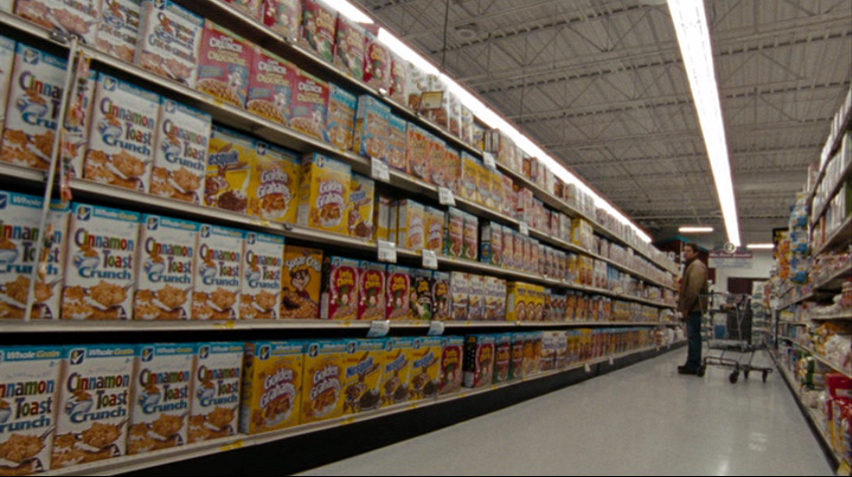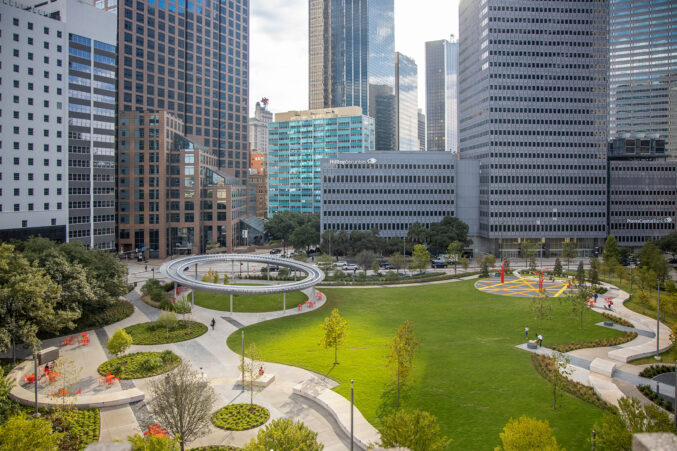There are two articles worth your time today, likely more but who has time for all that. That is, give them a full read when you’re finished unsubscribing from all of the presidential candidate email lists, who all apparently won Iowa last night. I shouldn’t say that, because you’ll never read them. A Sisyphean task to be sure.
Yesterday, I spoke with Jim Schutze of the Dallas Observer about Houston’s new mayor’s comments to the Texas Transportation Commission. I said many things, many of which are quoted in the piece. Considering he was driving at the time, I have no idea how he got so many of the quotes right word for word. It’s like he’s been doing this for a while.
Something I said that didn’t make the cut was about the growing or at least eventual conflict between cities and the sprawl largely outside of their borders. While the tea party types might loathe cities as part of some ignorant prejudice against the myth of welfare moms, I told Jim that sprawl was a by-product of subsidy and those living in it were effectively on welfare.
He rightly likened it to corn subsidies. Why does everything have corn syrup in it? Subsidies. Why do we see so many tract houses spreading to Oklahoma? Subsidies. An image I use in some presentations about this topic actually links these two topics together. In Hurt Locker, after soldier dude rotates back stateside, there is a scene of him standing in a grocery store, the cereal aisle in fact.

In my presentation, I call this a metaphor for the housing market that is shaped by massive subsidies in car-dependent infrastructure. It opens up new, cheap land and the market response (because the land is cheap and exceedingly distant) is to build the cheapest thing possible. It isn’t growth, but cannibalism. It is the myth and illusion of choice. Like the rows of cereal, all junk chemically rearranged to appear different. Ooohhh, granite counter tops and a jacuzzi!
Don’t get me wrong. I’m not the type to lambaste any and all subsidies. Government subsidies provide both the social safety net (minus the holes) and the platform for innovation into new industries, technological research the private market isn’t yet ready for. Think computers and photovoltaic power. In other words, we should be investing in health, safety, and the future. Not the past, nor things that make us less healthy.
——————–
Apropos, the other article I referenced, the Mayor of Calgary has declared an end to the sprawl subsidy. Really getting right to the point isn’t he? Keep in mind, Calgary is an oil and gas town. I guess they’re smart enough not to get high on their own supply.
However, each new community or development has an impact on infrastructure outside of its specific borders — causing more demand on things like major bridges and interchanges leading into and out of the neighbourhood, wastewater lift stations, wet and dry ponds, and traffic signals on major roadways. For many years, all Calgary taxpayers, regardless of whether or not they were directly affected by the development, bore the cost of growth on much of this off-site infrastructure, and these costs were distributed among all taxpayers.
The core cities are playing nice in the rigged game of regionalism (again, some things should be managed on a regional level very carefully, ie water, air, etc. but North Texas has proven very bad at that since the only interest is new highways and some hush money for side projects).
The core cities get all the tax burden but very little of the tax base of this newly subsidized growth. The imbalance of the tax burden of infrastructural costs to support an entire region outstrip the city’s institutional abilities to manage itself and survive. Sprawl can’t afford itself without heavy state and federal subsidies, so it is doomed to die when those institutions realize the bad investment they’ve made. In other words, both city and region are highly destabilized and will die (despite the cheerleading) unless we smarten up.






